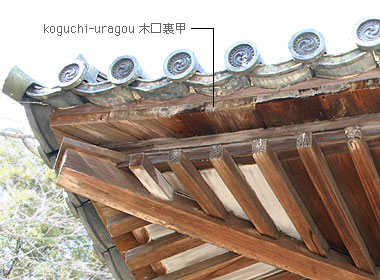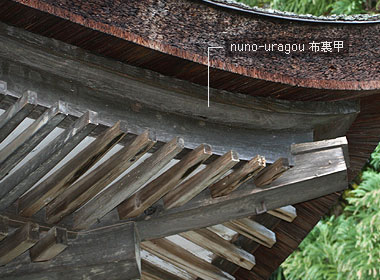|
||
 |
||

Negoroji
Daishidou ͺεt° (Wakayama)

Daihouji
Sanjuu-no-tou ε@Od (Nagano)
@
(C)2001 Japanese Architecture and Art Net Users System.@No reproduction or republication without written permission.
fΪΜeLXgEΚ^ECXgΘΗASΔΜRecΜ³f‘»E]ΪπΦΆά·B

